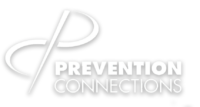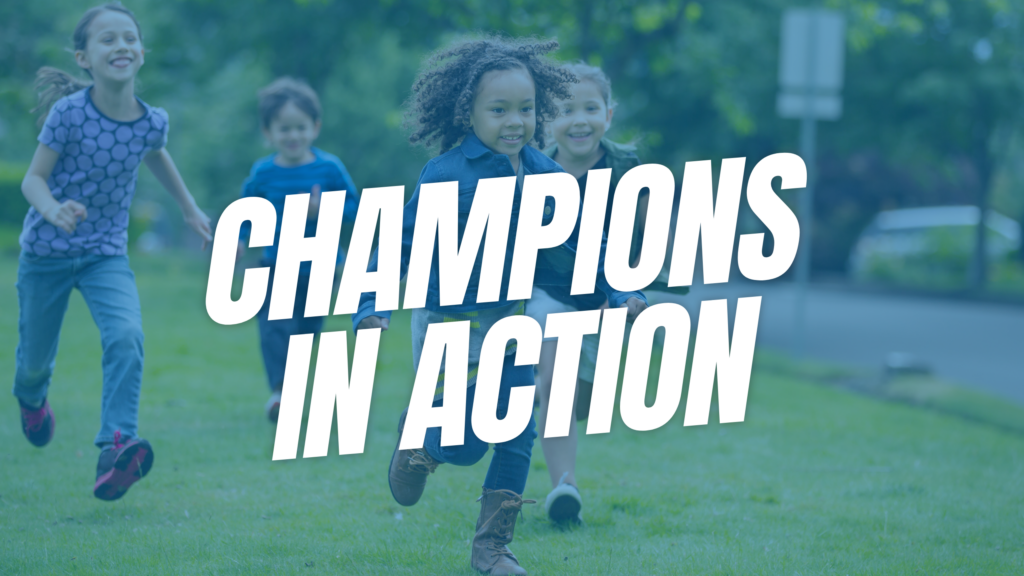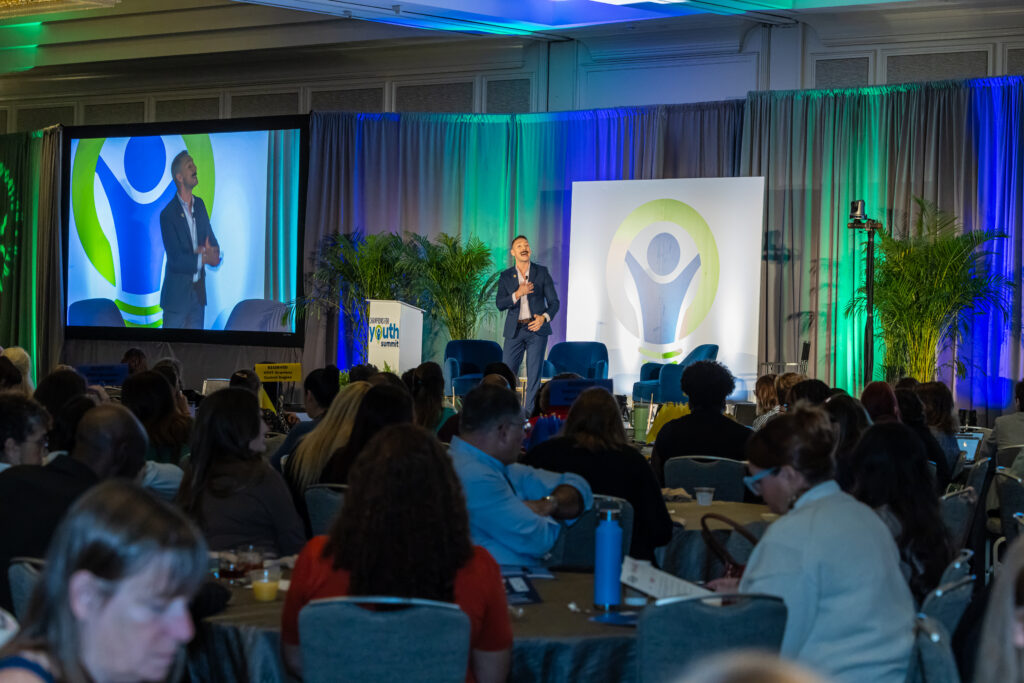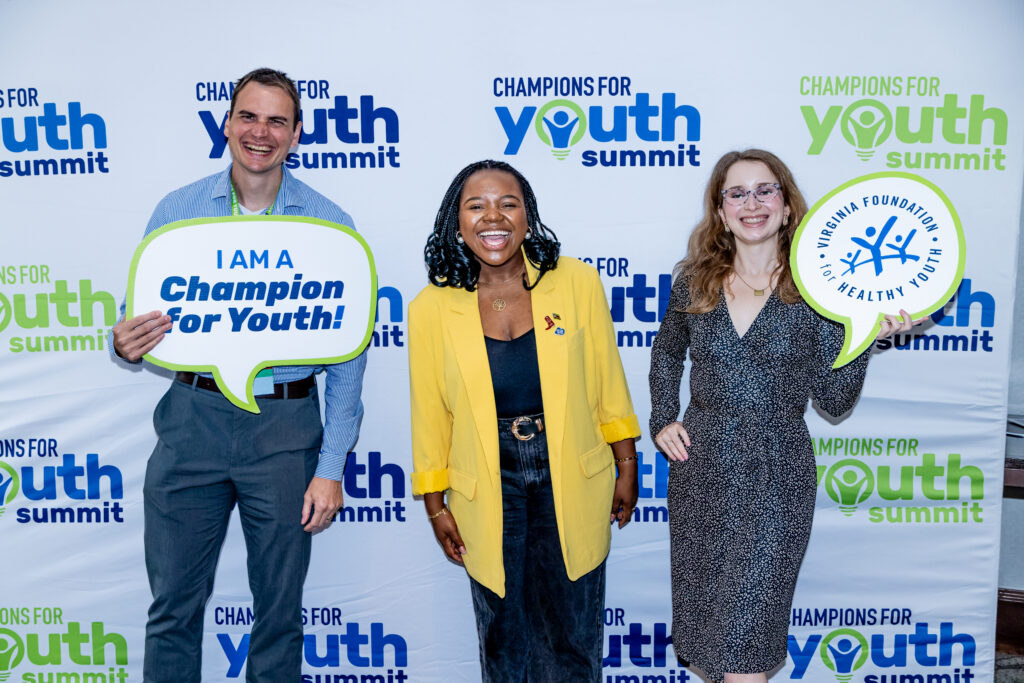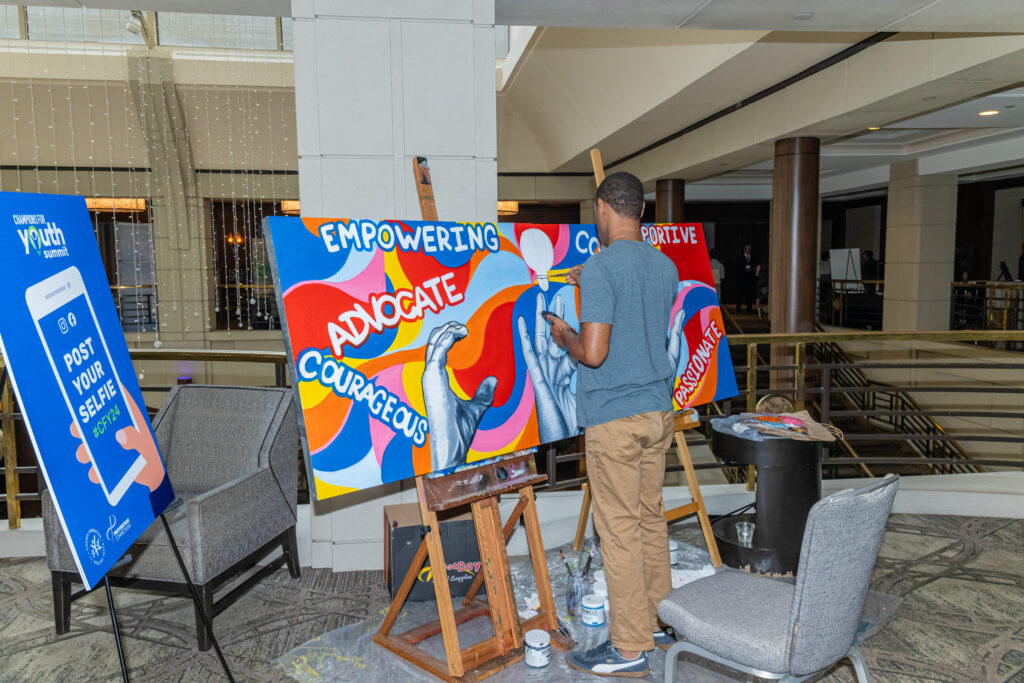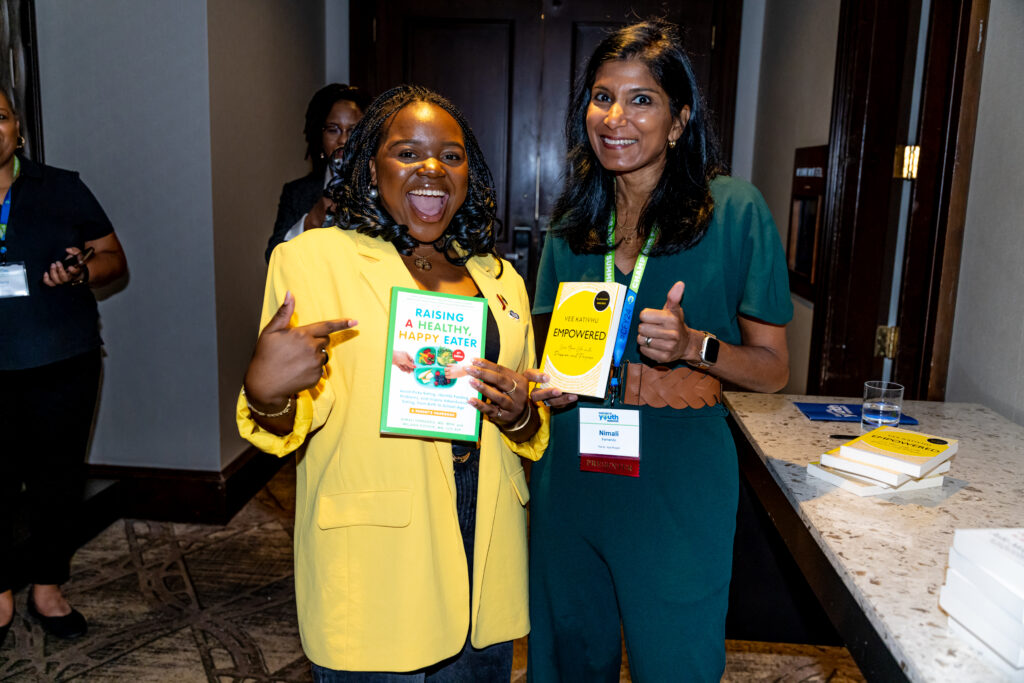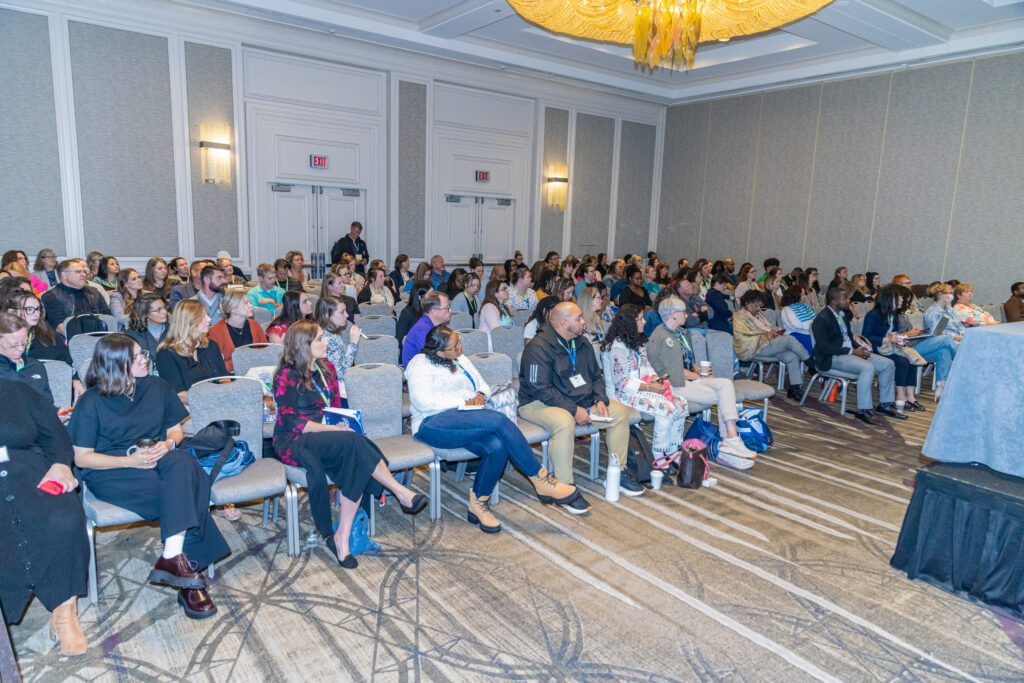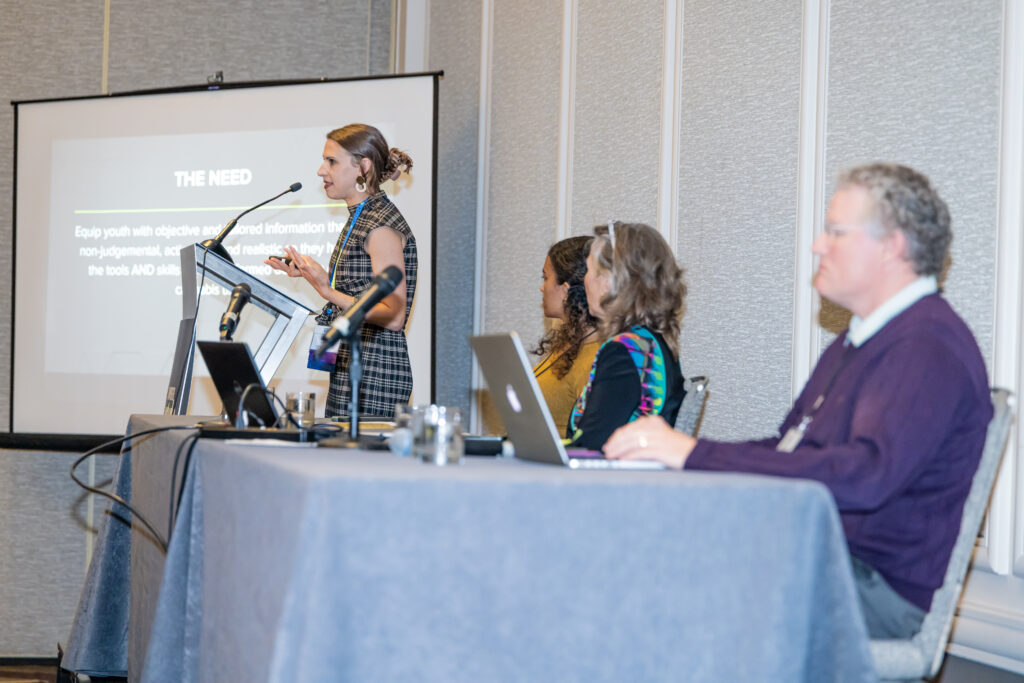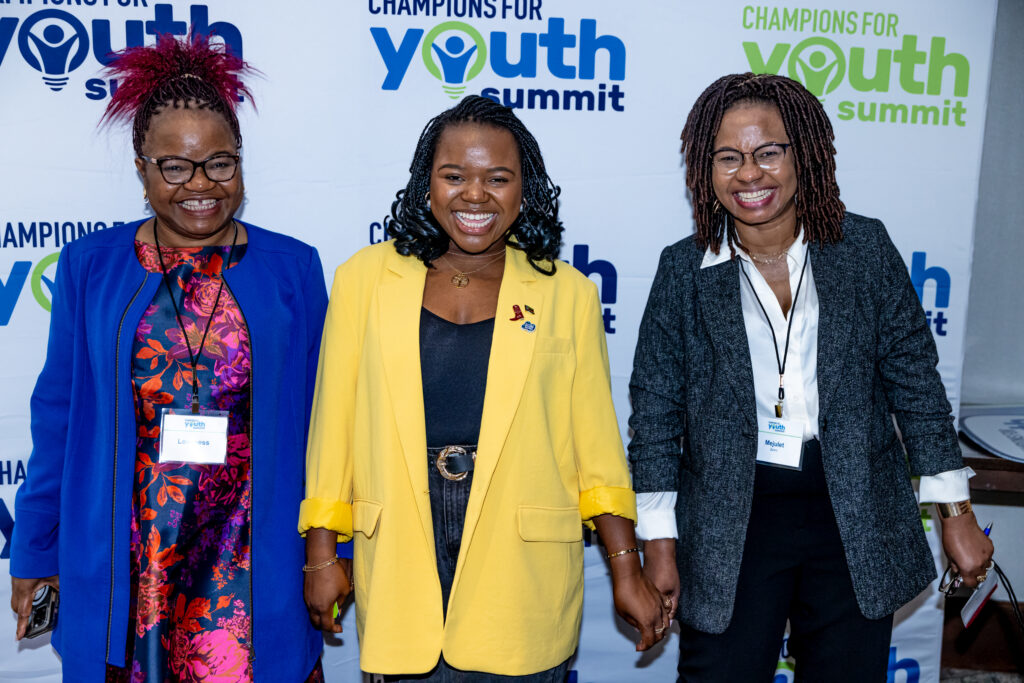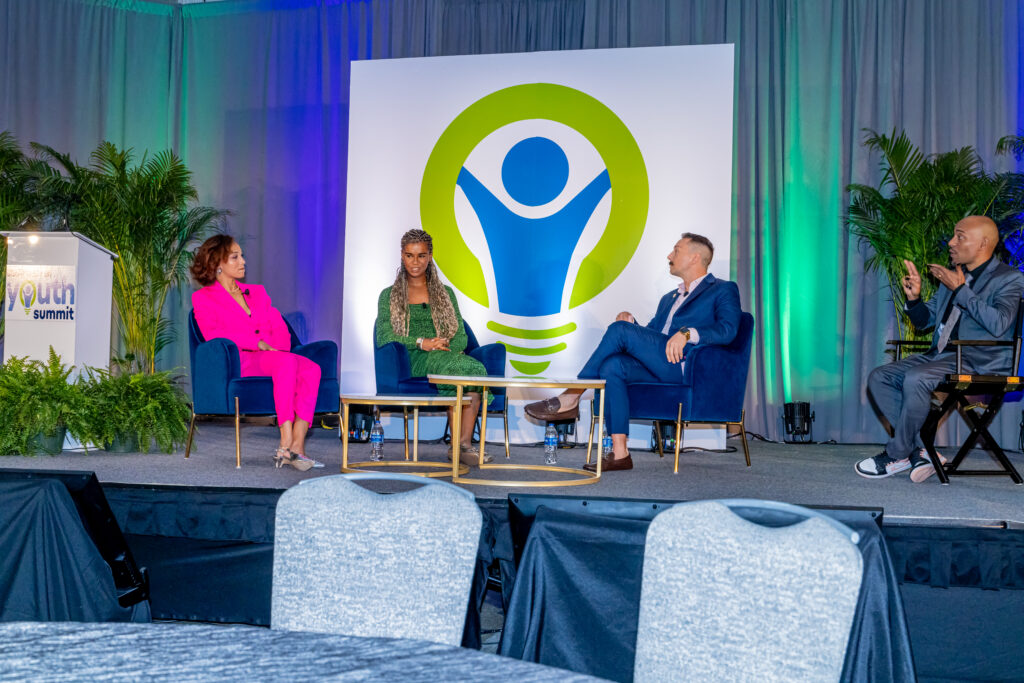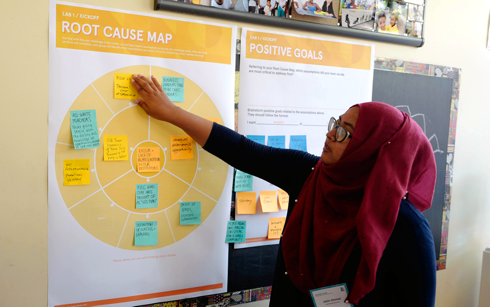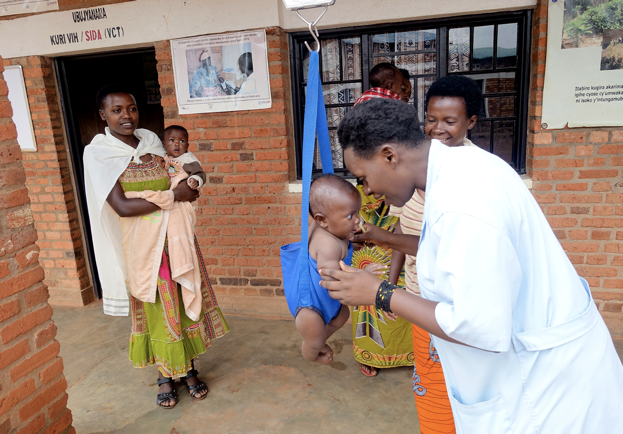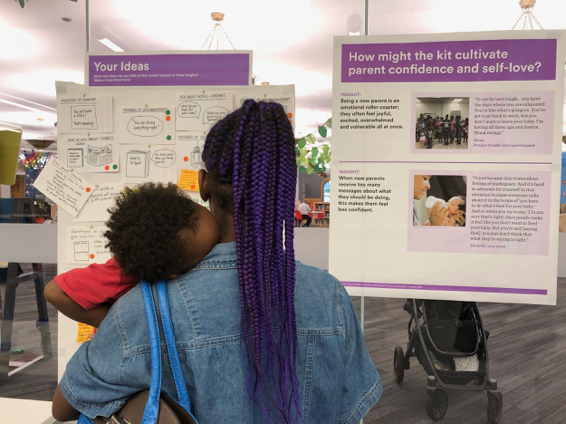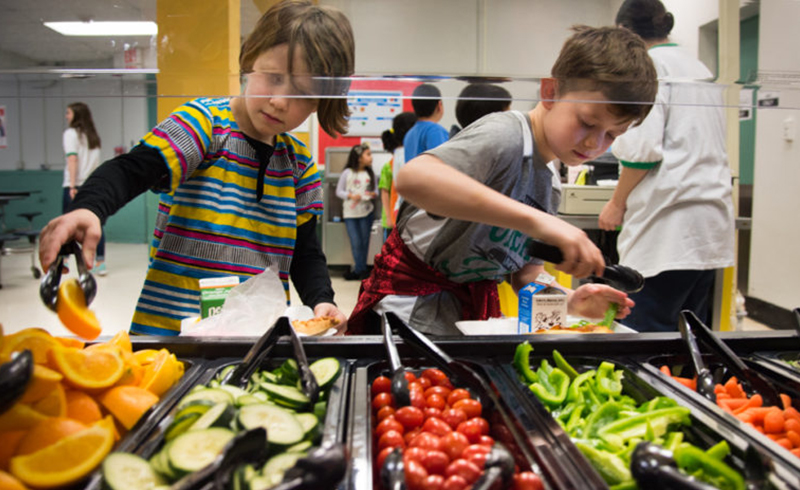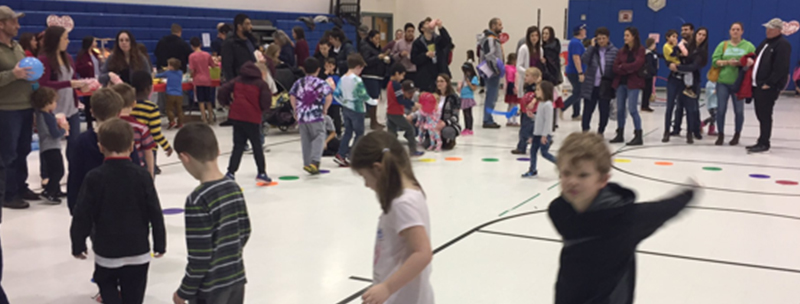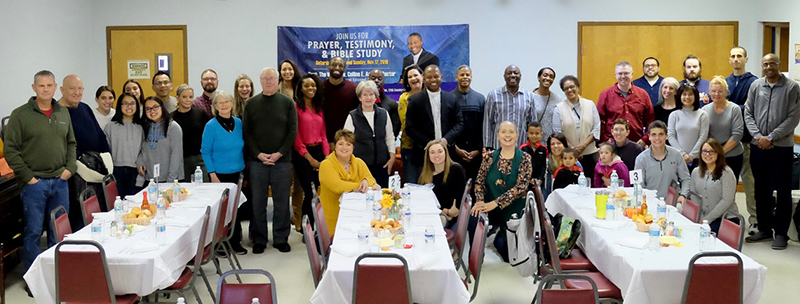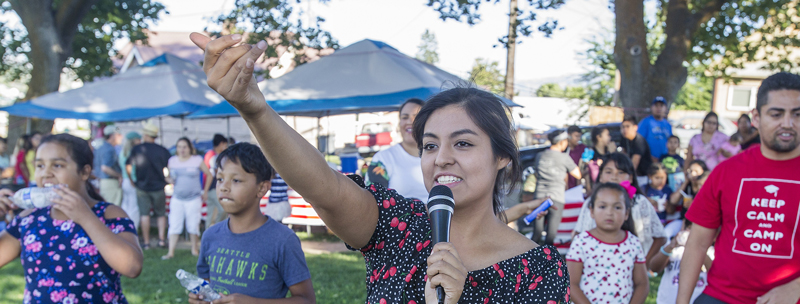Collaborating for a Hunger Free Alexandria
March 10, 2020
According
to Feeding America’s Map
the Meal Gap
there are over 860,000 Virginians who are food insecure. The US Department of
Agriculture’s Economic Research Service defines food insecurity as a lack of
consistent access to enough food for a healthy, active life.
In
the City of Alexandria, one in five Alexandrians face food hardship. Food
hardship is defined as irregular access to affordable, healthy meals. Children
are disproportionately affected. At 15%, Alexandria has the highest child
poverty rate in Northern Virginia and 61% of children in Alexandria Public
Schools are eligible for free or reduced-price meals. This snapshot
demonstrates that hunger is a health and social justice issue that needs
addressing in Alexandria and the rest of the Commonwealth. As a state, we
will be unable to reach our goals for economic prosperity if all members of the
Commonwealth cannot reach their full health potential due to hunger and food
insecurity.
Food insecurity
negatively impacts physical and mental health. It can lead to numerous health problems
and have a significant impact on the short and long-term development of
children. For example, food insecure children are more likely to struggle in
school and other social settings. Food insecurity can also lead to or heighten
the severity of high blood pressure, heart disease, Type 2 diabetes, and
obesity. Food insecure households are more likely to have higher healthcare
costs, or refrain from seeking the care they need due to financial reasons.
This perpetuates the cycles of poverty, food insecurity, and negative health
outcomes.
The
Action Plan for a
Healthy Virginia
challenges communities across the Commonwealth to actively lead and advocate for healthy
communities. At Hunger Free
Alexandria (HFA),
we believe that the most important part of what we do is bringing people
together to discuss hunger and food equity in Alexandria.
HFA
is a community-based coalition of
more than 20 food providers, faith-based communities, schools, social service
organizations, and advocates for ending hunger. HFA was created to address the
issue of food access and in doing so build a stronger Alexandria, which was
identified as an important need in the Partnership for a Healthier Alexandria
2014 analysis and report on hunger, “Toward
an End to Hunger in Alexandria,” that examined the emergency food system,
access to and utilization of government food assistance programs, and the role
of the private sector in food access within Alexandria.
HFA’s
mission is to coordinate community efforts to raise awareness of food
insecurity and to increase reliable access to nutritious, culturally
appropriate food in Alexandria. We convene our partners bi-monthly to discuss
needs, gaps, and redundancies. Hunger is a complex social justice and public
health issue. In order to address hunger, people and organizations from all
sectors must collaborate, so the diversity of our partners’ backgrounds and
areas of expertise is crucial. For example, one organization does not have the
capacity to eradicate hunger alone, just as one organization does not
understand or represent all the unique communities that live within the City of
Alexandria.
Together,
we are working to implement the Action Plan for a Healthy Virginia by:
- serving
as a hub for collection and dissemination of resources and updates and
distributes City of
Alexandria Food Assistance Resource Schedule.
- raising awareness
about hunger in the city by planning activities for World Hunger Day (October
16th–which we have rebranded as Alexandria Food Day). On Alexandria Food Day
2019 we collected over 6,000 pounds of food and hosted a community discussion
focusing on food equity in Alexandria.
- advocating to the city government for policy
changes and initiatives to help address hunger and food insecurity. For
example, in 2019, HFA advocated for the establishment of an Alexandria City
Food Warehouse, which is now food storage space for the largest food
distribution organization in the city, ALIVE!
- facilitating the
creation of new food assistance services, and raising and distributing grant
money through the Hunger Free fund.
Over the years, we have learned that
strong collaborations depend on new ideas and voices. HFA’s goals for 2020 are
to increase access to quality fresh produce and increase membership in
Alexandria. There is always room to expand and include new types of partners in
the fight against hunger, especially as we hope to include more voices of community
members directly impacted by food insecurity. Many organizations that serve or
distribute food to food insecure households called for the prioritization of
increasing access to produce. We heard them loud and clear and are currently
working on putting a strategic plan in place to accomplish this goal in 2020.
All
communities in the Commonwealth can benefit from identifying who is currently
involved in your food “landscape” (e.g. who is providing groceries or meals to
people, what retailers or farms donate food to these providers, who gleans at
farmers markets, your local government’s SNAP coordinator, etc.) and bringing
these players together to discuss successes, areas of improvement, and gaps in
service in the community. Partnerships can only expand from there, and no
willing voice should be excluded from the conversation.
The
power of bringing people together can never be undervalued, and HFA is hoping
to capitalize on collaboration in order to create a food secure city. We
encourage you to join us.
Ally Barbaro
AmeriCorps
VISTA
Hunger
Free Alexandria
Think about the last time you went to a
park. What did you do? What did you see? How did you feel on your way home? You
probably did some walking or exercise, saw faces both familiar and new, and
left feeling better in mind and body.
The Action Plan for a Healthy Virginia
encourages Virginians to engage in regular physical activity. Parks can be a
great location to support this goal, as well as multiple other health benefits.
Whether it be improved mental health; reduced social isolation and exclusion, chronic
disease, and obesity; or indirect benefits of reduced heat islands and
stormwater runoff (Gies 2006), parks are an invaluable community asset.
At the Trust for Public Land (TPL),
we believe that everyone deserves a park because of the individual and
community benefits described above. Similarly, we believe that health, as the
World Health Organization says, is a human right. And yet, like health, quality
parks are not equitably distributed in America.
Across the U.S., over 100 million
residents don’t have a park within a 10 minute walk. TPL, in partnership with
NRPA and ULI, leads the 10 Minute Walk Campaign
to get America’s mayors to commit to providing high-quality parks to all their
residents. Four cities in Virginia—Alexandria, Fairfax, Richmond, and
Roanoke—have signed onto the campaign.
Just living close to a park is shown to
reduce childhood obesity (Wolch 2011). To create a healthier Virginia its
critical that other local communities commit to increasing access to
parks.
But having access to a park is only the
beginning. The quality of parks matters too.
At TPL and in organizations across the
country, parks leaders are constantly seeking ways to ensure parks are an asset
to the community. Arts and culture can play a critical role in achieving this
goal. Whether it is using arts to communicate the needs of residents for a new
park or hosting a free performance celebrating identity and diversity in a
decades-old park, arts and culture is a valuable tool that everyone—even if you
don’t consider yourself an artist—can identify with.
Creative
Parks, Healthy Communities (CPHC), is an initiative of
TPL and the National Association of County and City Health Officials (NACCHO),
to help health officials marry the benefits that arts and parks have on
community health. The benefits of place-based arts and culture are many and,
you may notice, similar to parks. They redress collective trauma, improve
social isolation and exclusion, address mental health, and reduce certain
chronic diseases (Sonke et. al. 2019). Greater than the sum of their parts,
though, arts and culture in parks and public space have the combined power to
sustain community capacity, social cohesion, and equitable community
development.
What does this all look like in action?
Take one example in Wenatchee, WA: Kiwanis-Methow Park.
The community surrounding this small and, until recently, blighted park is
predominantly Latino immigrants who, based on a health impact analysis, were
disproportionately experiencing mental health issues, lower civic
participation, and social isolation. Despite these challenges, spend a day in
Wenatchee and you’re left feeling inspired. There’s a sturdy and vibrant
cultural tissue connecting the Latino community that surrounds Kiwanis-Methow
Park. Mariachi groups, papel picado artists, and the best Mexcian food in the
state are all here and serve to promote regular contact with community members.
Given this abundance of arts and
culture in Wenatchee, TPL partnered with artists and community organizers to
engage community in ways that were familiar and could establish trust between
stakeholders, such as holding meetings at Mariachi Festivals and hosting a
“Health Wenatchee” festival where community members could visit the park and
receive free health resources, meanwhile providing rich and honest input on the
park project.
Through years of extensive engagement,
the results are remarkable and the park beautiful. There are 4,700 residents
who live within a 10 minute walk of a high quality park. Wenatchee residents
fought hard to fund a kiosko, or pavilion, in the heart of Kiwanis-Methow Park.
“The kiosko will be a place where the community gathers, a central point for
our pachangas (parties),” says Teresa Bendito, a young parks advocate who
co-founded the grassroots organization Parque Padrinos.
This capacity building around the park
has supported advocacy in other dimensions of community life. In 2018, The
Trust for Public Land and Parque Padrinos partnered with the Latino Community
Fund of Washington (LCF) to increase voter turnout in South Wenatchee. With
training and stipends from LCF, Padrinos knocked on 3,500 doors and made 4,200
phone calls to Latino voters in Wenatchee. When the ballots were tallied,
Latino voter turnout increased from 10 to 30 percent. Compared to the last two
midterm elections, voting by Latinos under the age of 35 increased by more than
200 percent!
As illustrated in the Kiwanis-Methow Park example, what starts as a park renovation can
become a social movement. When the process of creating public art engages
people in the neighborhood in a sensitive and genuine manner, it can be
profoundly transformative and improve the health of a community.
At TPL, we believe the most empowering
public art comes from envisioning by the community itself. There are invaluable
voices in your community that can shape not just how many parks are accessible,
but symbolize your community identity as resilient, creative, and healthy. So
the next time you are thinking about how to promote physical activity in your
community, consider how you might create better parks; parks that inspire and
engage.
You can learn more about your
municipalities parks on ParkServe.
Have more questions? Perhaps they are answered on Parkology?
Reach out to geneva.vest@tpl.org
for more.
Geneva Vest
Program Coordinator of Creative Placemaking
The Trust for Public Land
Works Cited
Gies, Erica. (2006). The Health
Benefits of Parks. The Trust for Public Land.
Sonke, J., Golden, T., Francois, S., Hand, J., Chandra, A., Clemmons, L., Fakunle, D., Jackson, M.R., Magsamen, S., Rubin, V., Sams, K., Springs, S. (2019). Creating Healthy Communities through Cross-Sector Collaboration [White paper]. University of Florida Center for Arts in Medicine / ArtPlace America
Wolch, J., Jerrett, M., Reynolds, K., Mcconnell, R.,
Chang, R., Dahmann, N., … Berhane, K. (2011). Childhood obesity and proximity
to urban parks and recreational resources: A longitudinal cohort study. Health & Place, 17(1), 207–214. doi:
10.1016/j.healthplace.2010.10.001
